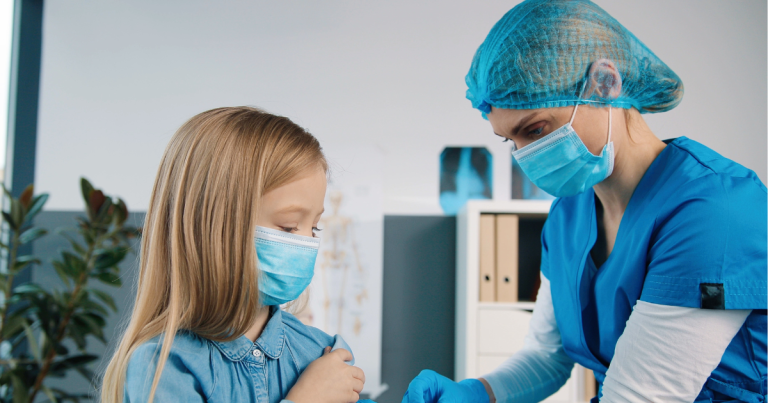
Before the COVID-19 pandemic, our health system has faced challenges in resolving healthcare skills gap to meet the growing needs of the ageing population and chronic diseases.
With the coronavirus outbreak and the upcoming flu season, the health system urgently needs to address the current medical talent shortages.
This article talks about the current staffing measures the government and the private sector are undertaking to address the COVID-19 crisis:
Government partnership with private health sector to secure beds and staff
The Australian government and the private hospital industry are joining forces to provide medical services in response to the COVID-19 pandemic.
That was the joint statement by Australian Deputy Chief Medical Officer Dr Nick Coatsworth and Australian Chief Nursing and Midwifery Officer Alison McMillan.
The government will shoulder half of the expenses in this public-private hospital integration, covering all 657 private and not-for-profit hospitals. This means an additional 30,000 hospital beds and 105,000 medical workers (57,000 nurses and midwives) will be made available from the private sector alongside public hospitals and facilities. The integration also includes state and territory health systems.
Private hospitals will also provide COVID-19 support like hospital services for public patients, category 1 elective surgery, occupancy of wards and theatres to extend ICU capacity and accommodation for quarantine and isolation cases.
The Minister of Health MP further stressed that as the government is underwriting the private hospitals’ viability, they must retain their healthcare workforce for redeployment across Australia’s health system, The government will be responsible for in giving the appropriate training and equipment, as well the staff’s health and safety.
Re-instatement of Retired Doctors, Nurses and Pharmacists
Meanwhile, the WA Health Department called out retired medical staff to return to the workforce and for part-time workers to go full-time.
A newspaper and online advertising were launched to recruit RNs, clinical and enrolled nurses, nursing assistants, senior medical practitioners, GPs, junior doctors, medical scientists and tech assistants with clinical laboratory experience.
Another wave of hiring is planned, aimed at hiring other medical occupations like allied health, patient support and hospital administration roles.
Healthcare Minister Roger Cook said the goal of the recruitment initiative was to reduce the stress on the current healthcare system in preparation for the influenza season.
Lifting Visa Restrictions
Prime Minister Scott Morrison lifted the visa restrictions of 20,000 international nursing students working in the health system, so they can provide support across the country.
Australian Nursing Federation state secretary Mark Olsen welcomes the decision, saying the international graduates would be a ‘wonderful asset’.
Minister Cook said that Australia is willing to take anyone qualified and ready to go and he would be making representations to the Commonwealth to ensure that they can live and work in the country.
Free Critical Training for Nurse
The government will finance up to 20,000 new online education places to help RNs learn patient care in ICUs and high dependency units.
This is part of the support to an increasing number of intensive care beds, a projected demand due to COVID-19.
$4.1 million is allotted for online learning platform Medcast, which will provide the critical care education program. The program has been endorsed by the Australian College of Critical Care Nurses and supported by the Australian Nursing and Midwifery Federation.
The government will also fund an online refresher course for inactive RNs to update their knowledge and rejoin the health workforce.
To best prepare our healthcare system for the future, our government should take into account the present issues as opportunities to create permanent solutions to the chronic healthcare staffing shortages.
Visit the Department of Health for the latest COVID-19 updates. If you need help with medical staffing, send us a message.





